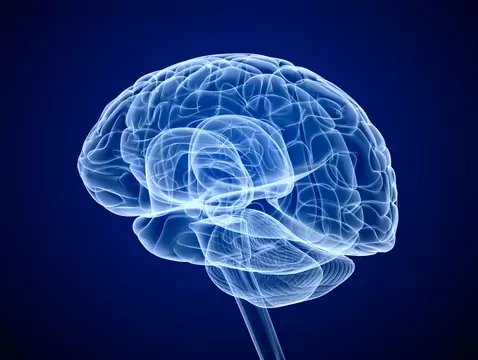The diagnosis of epilepsy comes down to three basic elements.
Establishing the causes of the seizure, in which a detailed and thorough interview with the patient and those who witnessed the seizure plays a key role. Particular attention should be paid to all the patient's feelings before, during and after the seizure. Among other things, this will help determine the type of seizure and epilepsy.
When talking to the patient, the following points should be noted: perinatal and developmental information, genetic background (family history), any history of head trauma, a detailed description of the seizure, state of consciousness, age at which the seizure occurred, post-seizure symptoms, past illnesses, medication and much more. It is also important to know whether this is the first seizure you have ever had and how long it has lasted.

photo: pantherstock
The neurologist should question the patient very carefully about everything before and after the seizure and about the people who were with him at the time. Once the history has been taken, it is crucial to determine what may have been the cause of the epileptic seizure:
- Prolonged sleep deprivation,
- Fatigue,
- Illness,
- Consumption of stimulants (alcohol, drugs and others),
- Whether the seizure occurred at night (while sleeping) and many others.









